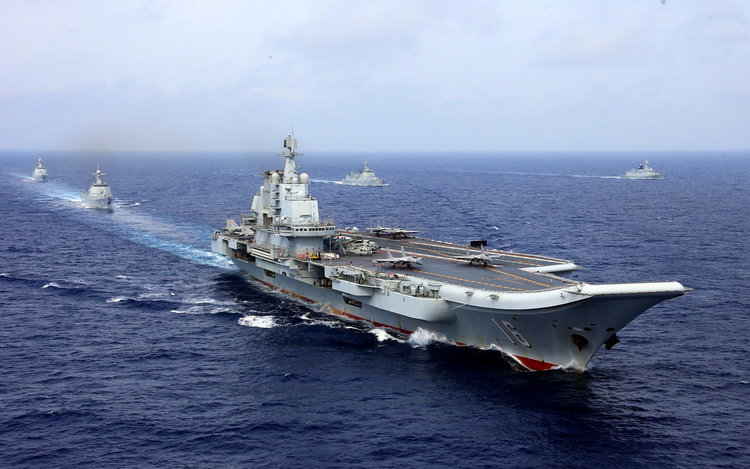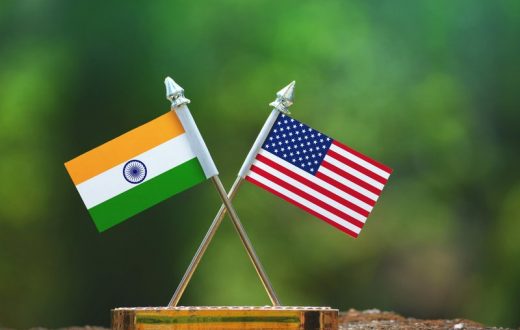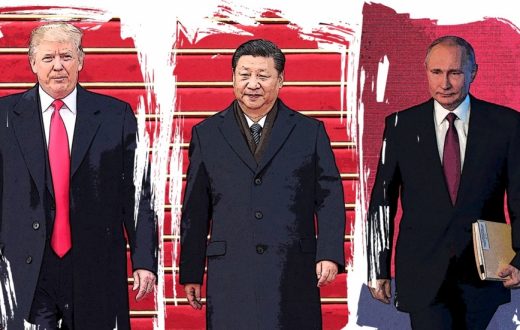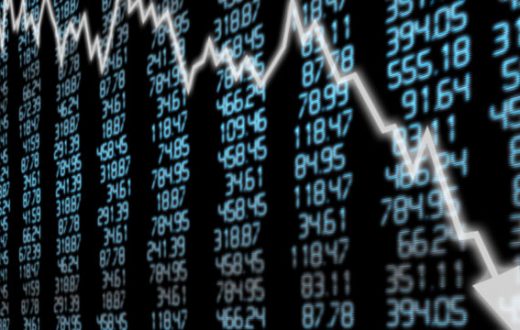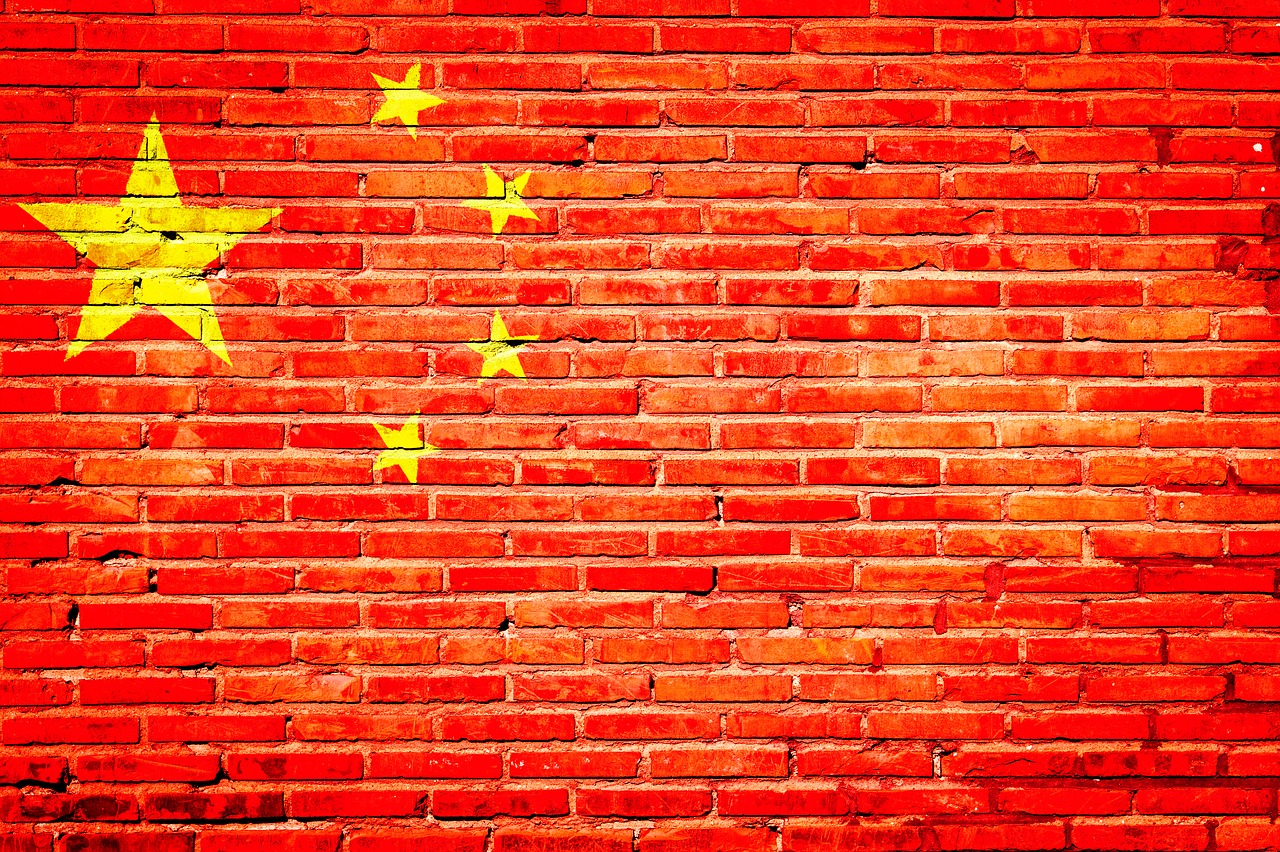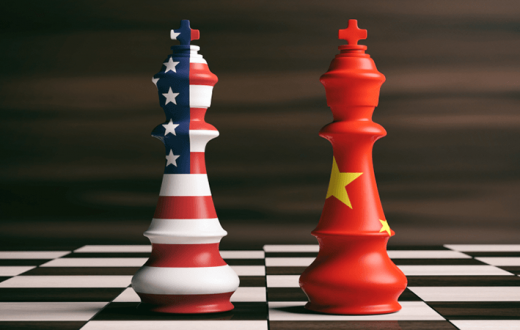The International Order is divided into three types of polarity: uni, bi, and multi-polarity. In the post-Westphalia system there emerged multiple powers like France, United Kingdom and Russian empire but the French empire having a superior power for the dominance of the European order till the industrial age. However, the industrial age brought the unipolarity of the world where Britain dominated. And, the end of Second World War brought the world to the bipolar and its end ultimately birthed the unipolarity of the world.
In post-1945, US had been the dominant power in the international arena. During the time of Cold War, United States of America had a very strong and liberal economy which led to its sustainability towards the ideological and political war. Its economy, military capability and technological sophistication were far greater than its counterpart, Soviet Union.
After the end of Second World War, US was the prime mover in the creation of different international institutions such as United Nations, International Momentary Fund (IMF), and North Atlantic Treaty (NATO) which were its testament to the new international order. Following the collapse of Soviet Union in 1991, proved American supremacy and enhanced its authority in the global order and provoked the former Soviet states to ally with US for support and aid. Never before, not in the heyday of British Empire did have such wide triumph.
The US dollar became the preferred currency of the world, most of the trades and foreign reserves were dependent on it. The US began to dominant the international institutions like United Nations; it enjoyed military presence in every part of the world. Its global dominance was unassailable and was termed as the “the American century” by Henry Luce for what appeared to seem as a unique and new dominant power.
For the last few years, the American century seems to be waning. The death of the American century is of the external factors or stimulated by internal dynamics for which U.S. is responsible because of its ‘bad habits and bad behavior’? are still debatable.
“The tallest building in the world is now in Dubai, the biggest factory in the world is in China, the largest oil refinery is in India, the largest investment fund in the world is in Abu Dhabi, the largest Ferris wheel in the world is in Singapore…” writes Fareed Zakaria in Post-American World. An international order born amid the collapse of Berlin Wall in 1989 is on the wane. And there is much evidence that the American century is on the erosion.
In Latin America, its authority is in its lowest point over a century; in East Asia the US dominance is increasingly being overshadowed by China; in Africa Chinese influence is in taking the US dominance; while the power of American dominant international institutions like World Bank, and IMF have declined significantly. The American made world which has held sway since 1945 is on its wane.
In Diplomacy (1994) Henry Kissinger predicted the dawn of multipolar age. Of the external factors of American century decline is the rise of China.
Since 1980s, China’s spur economic growth and in a few decades of its hegemonic influence in the Southeast Asian region indicates a wider picture to analyze. Since 2010, China displaced the United States as the world’s leading manufacturing nation –something which United States had held for centuries. However, the spur of Chinese economic rise from 2% in 1980 to 6% in 1995 and to 15% in 2014 are evident example that China is about to take US as the world’s largest economy—which can justify the recent Trade War between them.
In another account Fareed Zakaria says that, “Rising powers become wealthier, their political ambitions increase and they convert their new found economic muscle into military clout.” China has asked to build a world-class military and is engage in an impressive military modernization and buildup. However, China has not yet caught up the United State’s military sophistification but is clearly narrowing it (having a military budget of $117.6 billion in 2019 according to SIPRI).
Of the internal factors, Bush and Trump’s foreign policies who acted like a thrashing wounded lion tearing down alliances and norms. The George Bush’s administration in its first two years walked away from more international alliances than any administration had. Similarly, Trump had surpassed the record and had unilaterally withdrawn from international protocols, alliances and norms such as JCPA (Joint Comprehensive Plane Action) despite misgivings expressed by international community, Trans-Pacific Partnership etc.
Trump’s foreign policy has been more ‘isolationist’, he has withdrawn from TPP and from engaging in Asia—the recent expel of India (an ally) from Generalized System of Preferences, has dealt Latin America with the prism of immigration—where China has exerted its influence through BRI, and Trump has also applied a concentrated policy for Middle East to Israel and Saudi Arabia. All these can be policies can be of Trump’s protectionist, and nationalist to put “America great/first”.

